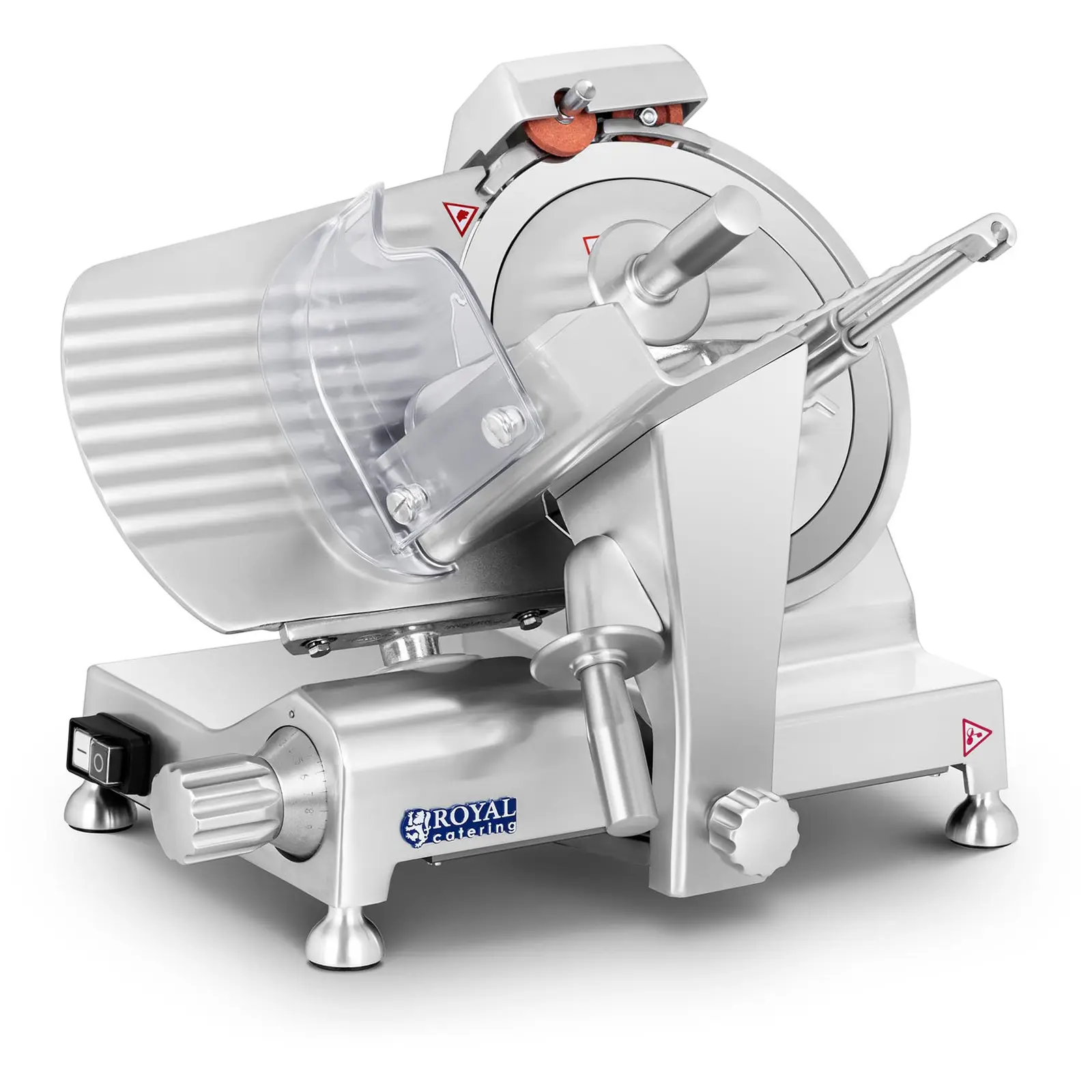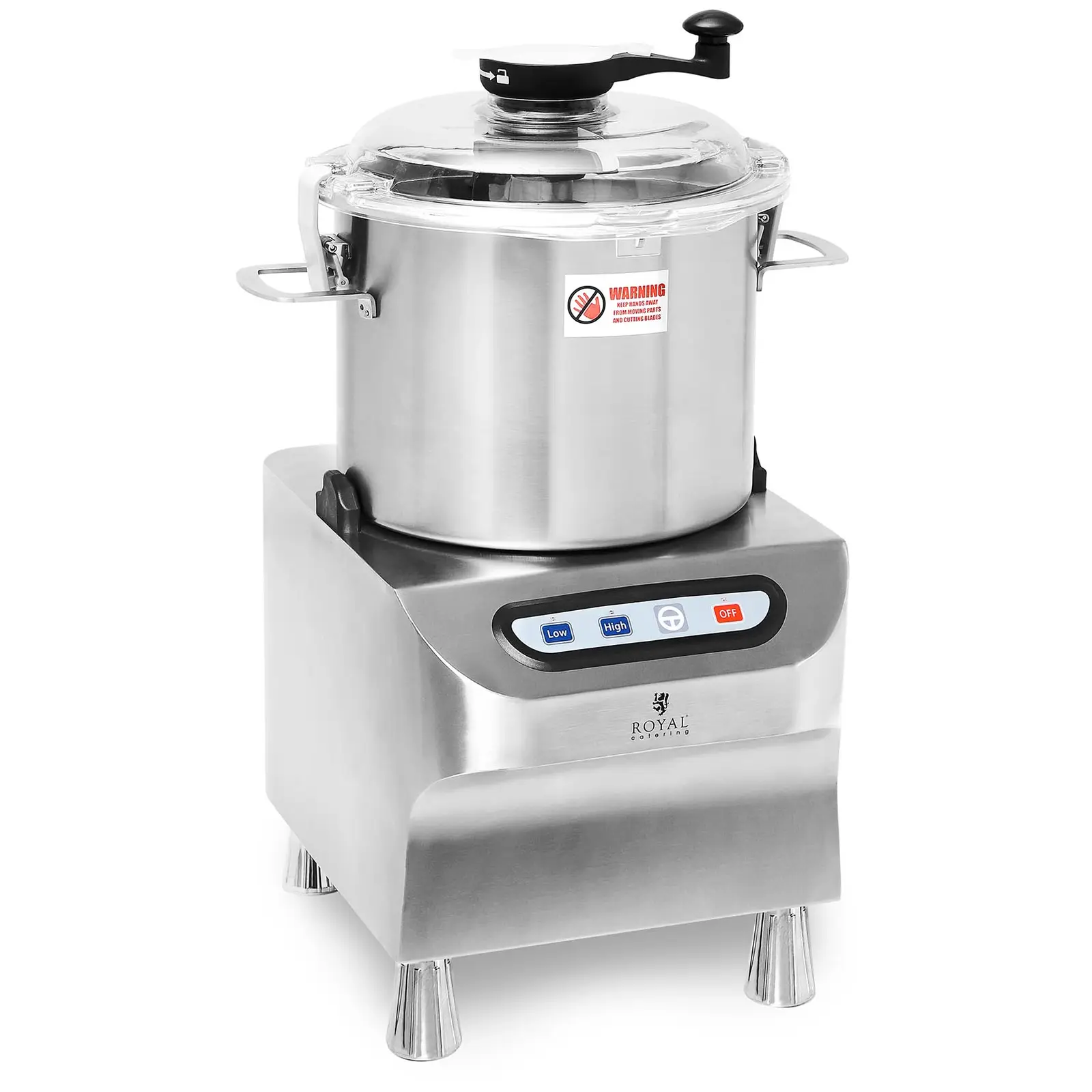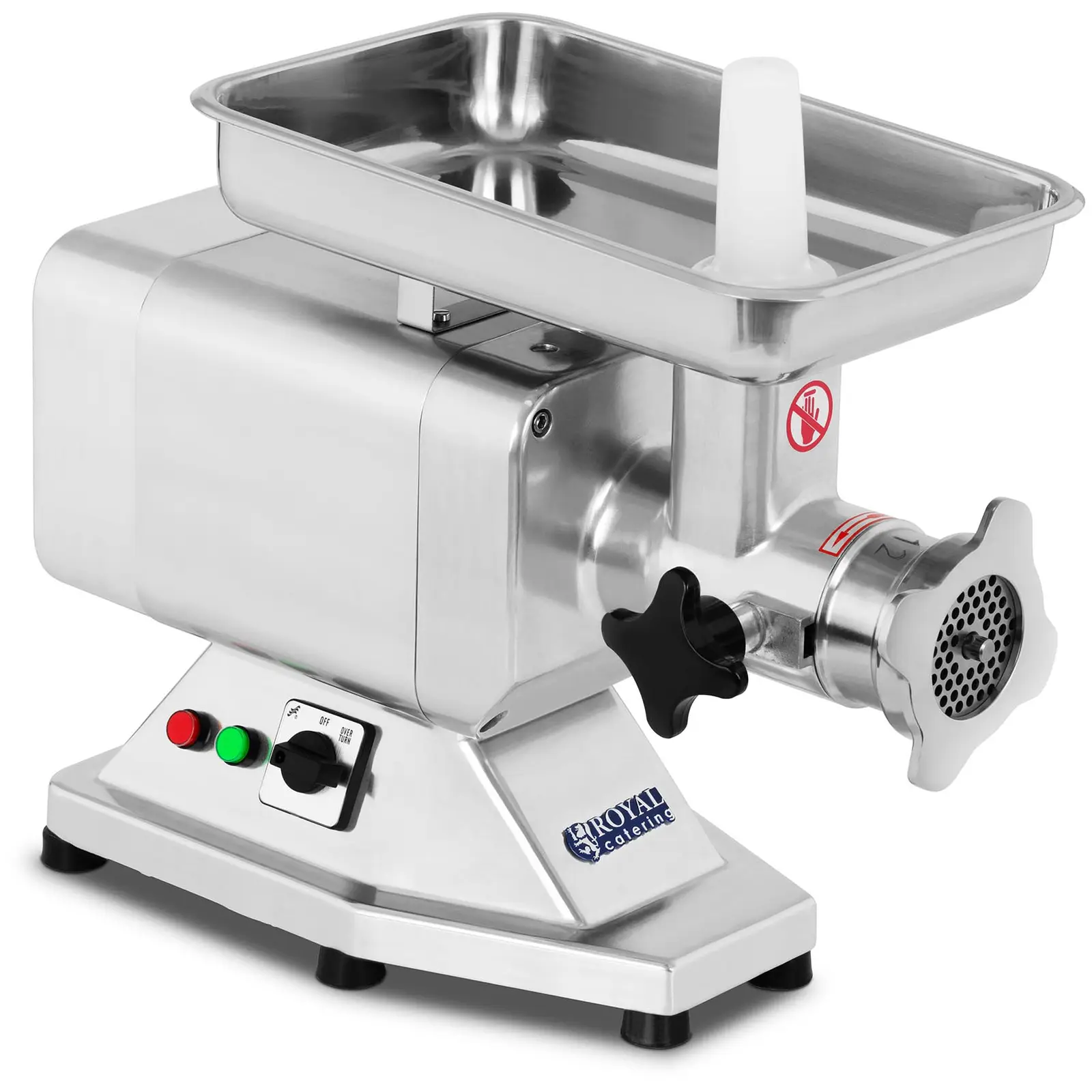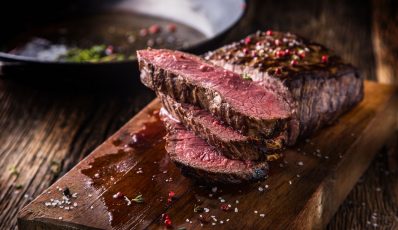Nowadays, we pay more and more attention to the quality of the products we consume, especially when it comes to the choice of meat. Consumer awareness is growing, which makes more and more people wonder where to buy good, fresh meat. In this article, we will tell you how to choose the right butcher shop, how to recognize high-quality meat products, and what criteria we should take into account when choosing meat.

Nowadays, we pay more and more attention to the quality of the products we consume, especially when it comes to the choice of meat. Consumer awareness is growing, which makes more and more people wonder where to buy good, fresh meat. In this article, we will tell you how to choose the right butcher shop, how to recognize high-quality meat products, and what criteria we should take into account when choosing meat.
Why is it worth choosing meat from a trusted source?
The quality of meat is of great importance for health. Meat from animals raised in natural conditions, without the use of antibiotics and growth hormones, may be richer in nutrients such as omega-3 fatty acids and vitamins.
Choosing meat from responsible farms or slaughterhouses may also be an ethical issue. By taking care of the quality of meat, we support agriculture that respects animal welfare and uses humane breeding and slaughter methods.
Good quality meat often has better flavor and texture. Animals that have had a healthy diet and access to natural conditions often produce juicy meat with a more intense flavor.
Farming conventional meat may have environmental impacts, such as greenhouse gas emissions or water pollution. By choosing meat that is organic or comes from local, sustainable sources, we can support more environmentally friendly farming.
Where to buy good quality meat?
First of all, a well-equipped butcher shop should offer a clean, well-lit interior with properly cooled refrigerated counters. It is important that the meat is properly displayed and that the butcher shop staff knows its origin and how the meat is prepared.
Customers should have access to information about the source of meat, including the farms it comes from and the methods of breeding and feeding the animals. Certificates confirming the quality and safety of products, such as ecological, regional or humane treatment of animals, are also important.
Transparency regarding any additives, such as preservatives or dyes, is also important. When choosing the right butcher shop, it is also worth paying attention to the opinions of other consumers and recommendations that can be found on the Internet or obtained from friends.
Grocery store meat vs. farmers market meat
The choice between buying meat in a store or at a bazaar or local market depends on several factors, such as personal preferences, availability, product quality, and convenience. Here are some aspects worth considering:
Buying meat in the store:
- Convenience: Stores usually offer a wide selection of meats and are open most of the week, which is convenient for people who don’t have much time to shop.
- Quality standards: Larger stores and chain stores often have established standards for quality control and meat traceability, which can assure the quality and safety of products.
- Pricing: Stores, especially larger chains, can offer competitive prices by purchasing in bulk.
Buying meat at a bazaar or local market:
- Freshness and quality: Fairs and local markets often offer very fresh products, directly from producers, which may translate into higher quality of meat.
- Support the local economy: When you buy at local markets, you support local farmers and producers.
- Transparency: The opportunity to talk directly to the producer gives you the opportunity to obtain detailed information about breeding methods and the origin of the meat.
The decision to buy meat in a store or at the market depends on what is more important to you. If you value convenience and accessibility, a store may be a better choice. However, if you care about freshness, quality, and supporting the local community, shopping at a bazaar or local market may be more suitable.
How to recognize good, fresh meat?
Choosing healthy, good quality meat is crucial to enjoy not only a tasty, but also a healthy meal. What to pay attention to? There are several indicators that will help you assess the quality of meat before purchasing:
Consistency and texture
- Firmness: The meat should be firm and elastic. When pressed with your finger, it should quickly return to its original shape.
- Fiber structure: Meat fibers should be clearly visible and evenly distributed. A chaotic or heterogeneous structure may indicate low quality.
Color
- Red meat (e.g. beef, lamb): It should have an intense, even red color without gray or brown spots.
- White meat (e.g. poultry): It should be uniform, with no blue or green tints around the bones.
- Pork: Should be light pink with white or cream fat.
Smell
- Fresh meat should have a mild, pleasant smell. An unpleasant, strong odor should be a warning sign.
Fat
- Fat distribution: Good meat contains evenly distributed fat that is light and fresh.
- Color of fat: In beef and sheep, the fat should be creamy, and in pork – white or slightly pink.
Labeling and certificates :
- Origin: Information about the source and place of animal breeding.
- Breeding methods: Information on whether the animals were raised organically and whether they had access to pasture.
- Certifications: Look for quality marks such as organic, non-GMO, and ‘antibiotic or hormone free’ certifications
What additives in meat and meat products should you avoid?
When choosing meat, it is important to pay attention to the presence of undesirable additives that may affect the health and quality of the product. Avoiding certain substances is crucial to maintaining the safety of the meat you eat. Here are some of the additives you should avoid:
- Nitrates and nitrates (E249-E252): These are preservatives often added to cold cuts and processed meats to extend their shelf life and maintain the proper color. They can be transformed into nitrosamines, which are potentially carcinogenic.
- Monosodium glutamate (E621): A popular flavor enhancer that may cause allergic reactions and hypersensitivity in some people.
- Phosphates (E338-E341, E343, E450-E452): Used to increase the moisture and texture of meats. Their excessive consumption can lead to health problems such as weakened bones.
- Artificial dyes (e.g. carmine – E120): Added to meats to improve their appearance – they may cause allergies and other undesirable body reactions.
- Sulfur dioxide (E220) and other sulfates (E221-E228): When used as preservatives, they may cause allergic reactions, especially in people who are hypersensitive to sulfates.
When choosing meat, it is best to follow the rule that the fewer ingredients on the list, the better, especially when it comes to processed products. Reading labels and choosing products with a short and understandable list of ingredients are good practices that help avoid unhealthy additives.










Share